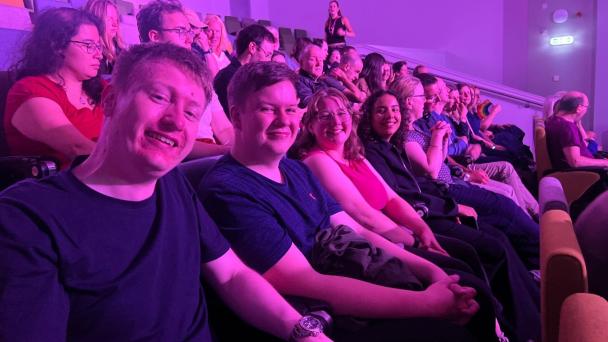Gender Pay Gap 2024-2025
 Leadership announcements
Leadership announcements

When I was invited to participate in a seven day diary study led by another well-known research organisation, the researcher in me was intrigued. I work in the Questionnaire Design and Testing (QDT) Hub at the National Centre for Social Research (NatCen), and most of my day job is providing advice on how to improve survey instruments. As a respondent rather than a research professional, my involvement in the diary study turned out to be a real eye opener. It highlighted the importance of designing time use diaries for the intended user and making them as user friendly as possible.
Twice, I was asked to complete a week-long diary, recording my activities (focusing on media consumption) every 30 minutes of the day. I had to record who I was with, what I was doing, what media I was consuming, as well as my emotions at the time. I was also asked to fill in a lengthy questionnaire, broken into modules, before completing the diary. Whilst the diary could be done on a mobile device or laptop/desktop (via an app in the first instance and a web page in the second), the questionnaire could not.
Put simply, time use research aims to explore how people spend their time. Through using time use diaries, researchers can collect granular information about who people spend their time with, what activities people occupy their time with, what electronic devices they use, and their emotions when carrying out different activities. Time use data offers information on the living patterns of specific population groups.
Reflections on my experience of completing a time use study
Here at NatCen, the NatCen Opinion Panel has carried out fieldwork for several waves of the ONS Time Use Study. This study which aims to find out how different people across England, Scotland, Wales and Northern Ireland spend their time. Earlier this year, NatCen were approached by the Economic Statistics Centre of Excellence (ESCoE), based at King’s College London, to do a comparative review of two online diary tools used for time use survey research in the UK: the OTUS tool, developed by ONS, and the ELiDDI tool, developed by the Centre for Time Use Research (CTUR) based at University College London.
Survey methodologists in the QDT Hub, Methodology & Innovation Hub and the NatCen Opinion Panel independently reviewed both time use tools. In their review, they explored what improvements could be made to the online and supporting tools to reduce participant burden and improve data quality. In their review, their recommendations were guided by user-centred design principles. The findings of this review are covered in more detail here and are a useful tool for seeing how to navigate the shift to online time use studies and outlines potential improvements to drive efficacy for both respondents and data users.
 Leadership announcements
Leadership announcements
 Report
Report
 Press release
Press release

Receive a regular update, sent directly to your inbox, with a summary of our current events, research, blogs and comment.
Subscribe